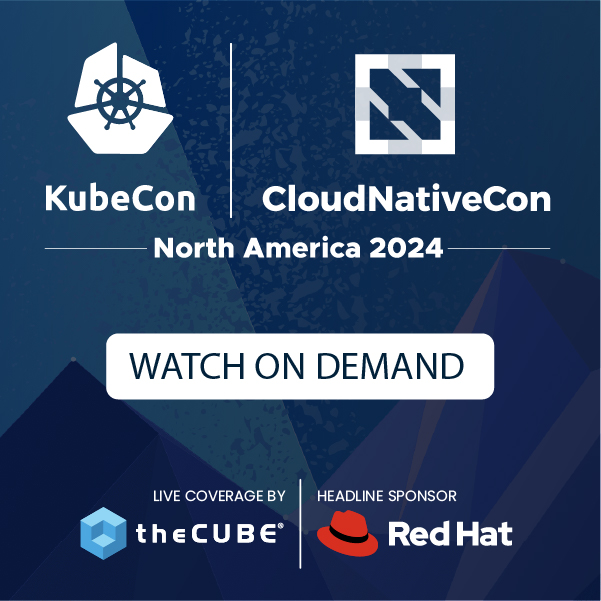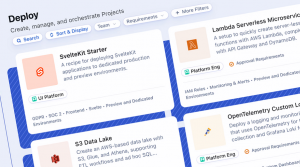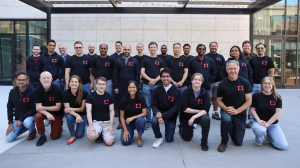The Cloud Reformation around Digital, Print Media
![]() The cloud is infiltrating everything, and the media sector, in all its many facets, is no exception. We’ve seen a lot of activity bringing the cloud to this ever-changing segment; a growing trend which coincides with reader ‘print-abandonment’ in favor of digital editions. However, while printing may be a dying industry in some areas, Google and other major players are looking to bank big on new age digital media publishing. And the business opportunities are countless, as we witness the cloud’s impact in e-printing trends, human-curated content streams, revised journalistic business methods, and new publication distribution channels. The cloud is revolutionizing several industries, and here’s a look at how it’s impacting the print media sector.
The cloud is infiltrating everything, and the media sector, in all its many facets, is no exception. We’ve seen a lot of activity bringing the cloud to this ever-changing segment; a growing trend which coincides with reader ‘print-abandonment’ in favor of digital editions. However, while printing may be a dying industry in some areas, Google and other major players are looking to bank big on new age digital media publishing. And the business opportunities are countless, as we witness the cloud’s impact in e-printing trends, human-curated content streams, revised journalistic business methods, and new publication distribution channels. The cloud is revolutionizing several industries, and here’s a look at how it’s impacting the print media sector.
E-printing is one of the many initiatives Google’s found a recent interest in, launching Google Cloud Print, a new Chrome feature which enables users to print Gmail messages from any supporting device, as well as bring a little bit of cloud innovation to good old printing. HP is also focusing on this field, with the early introduction of the HP Photosmart eStation-All-in-One printer, which introduces extra features including internet, Facebook and e-mail support.
Developments around printing may be significant for Google and HP, but they only present a small aspect of the media trends underway today. The oldest journalism-focused newspaper in the U.S, Editor Publisher, recently published a feature discussing print-to-digital solutions for the industry including Our-Hometown which offers print format to digital conversation software. However, this subject extends to way beyond just handy CMSs.
We discussed a few other factors to the cloud’s impact on print media, including an experiment designed to test whether or not AIs can replace real-life journalists, as well as an NYT report suggesting 49 percent of all tablet users use them for online magazine reading. It’s still a volatile industry as far as revenues go, however, with weak iPad subscription sales for several major publications, and an unsettled advertising structure.
Another noteworthy trend concerns human cloud-based data platforms, which facilitate things like bookmarking and filtering. Beyond congregation and advertising, new potential is being uncovered within social networks around their curation potential, developing personalized news streams for individual users. This addresses two concerns around real-time data, as filtering this onslaught of media is an unruly task, even for an algorithm, as well as new opportunities around their monetization. We’ve seen how big data can be utilized for networks like Tagged, as well as developments in the mobile sector, such as Livestand.
A message from John Furrier, co-founder of SiliconANGLE:
Your vote of support is important to us and it helps us keep the content FREE.
One click below supports our mission to provide free, deep, and relevant content.
Join our community on YouTube
Join the community that includes more than 15,000 #CubeAlumni experts, including Amazon.com CEO Andy Jassy, Dell Technologies founder and CEO Michael Dell, Intel CEO Pat Gelsinger, and many more luminaries and experts.
THANK YOU











